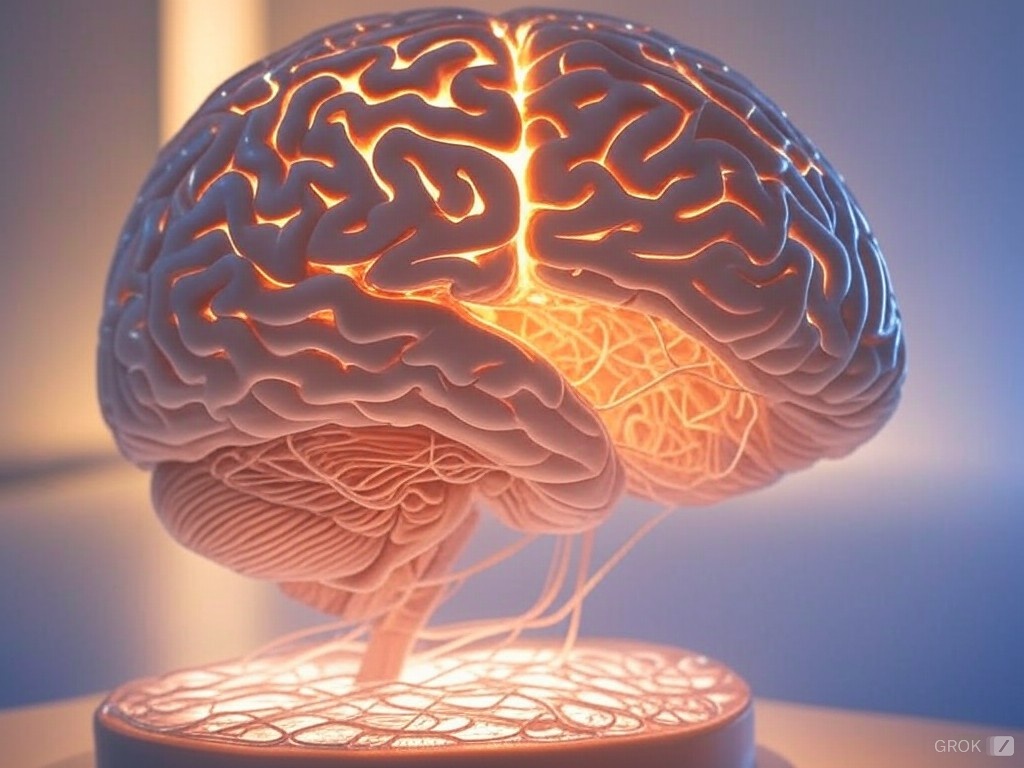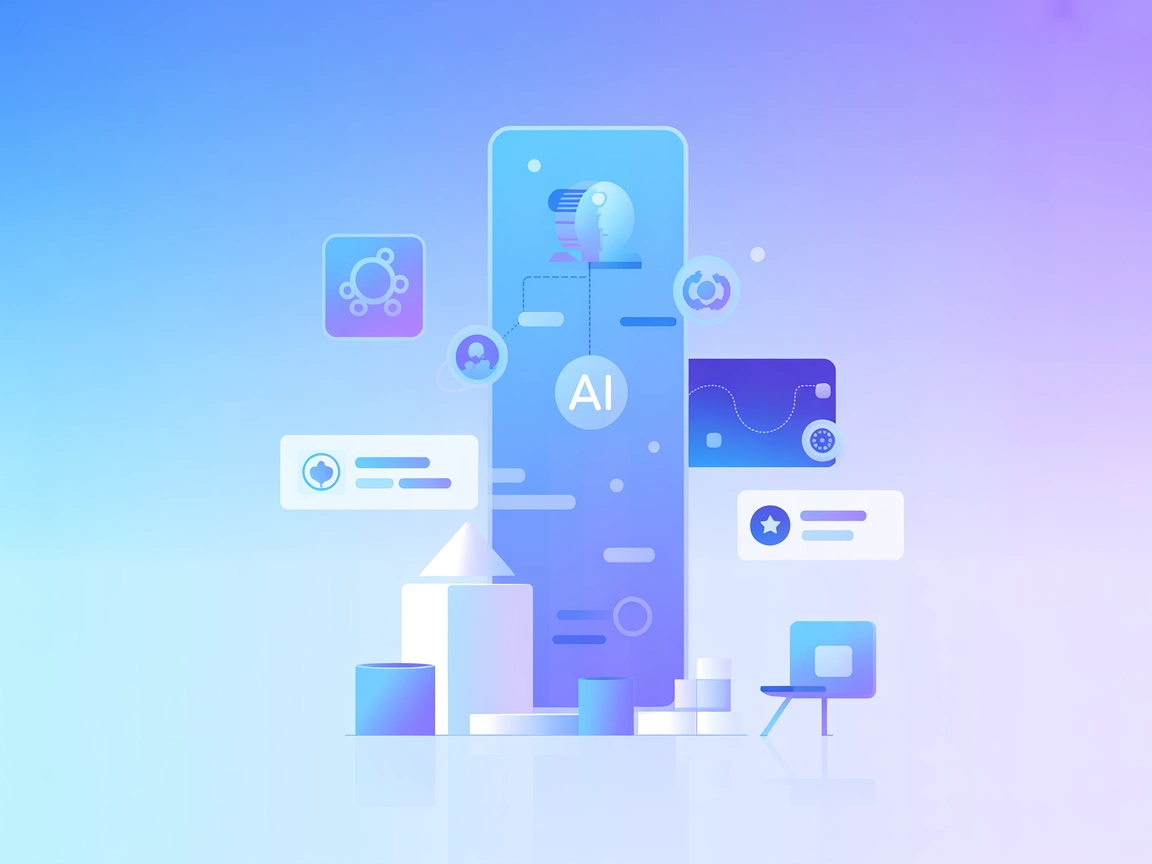
Reasoning
Reasoning is the cognitive process of drawing conclusions, making inferences, or solving problems based on information, facts, and logic. Explore its significan...

Multi-hop reasoning is an AI process, especially in NLP and knowledge graphs, where systems connect multiple pieces of information to answer complex questions or make decisions. It enables logical connections across data sources, supporting advanced question answering, knowledge graph completion, and smarter chatbots.
Multi-hop reasoning is a process in artificial intelligence, particularly in the field of natural language processing (NLP) and knowledge graphs, where an AI system makes logical connections across multiple pieces of information to arrive at an answer or make a decision. Instead of relying on a single source or a direct piece of information, multi-hop reasoning requires the AI to navigate through a chain of interconnected data points, or “hops,” to synthesize a comprehensive response.
In essence, multi-hop reasoning mirrors the human ability to combine different snippets of knowledge from various contexts to solve complex problems or answer intricate questions. This approach moves beyond simple fact retrieval, demanding that the AI system understands relationships, draws inferences, and integrates diverse information distributed across documents, databases, or knowledge graphs.
Multi-hop reasoning is employed in several AI applications to enhance the depth and accuracy of information retrieval and decision-making processes.
In NLP, multi-hop reasoning is critical for advanced question-answering systems. These systems must understand and process complex queries that cannot be answered by looking at a single sentence or paragraph.
Example:
Question:
“Which author, born in France, won the Nobel Prize in Literature in 1957 and wrote ‘The Stranger’?”
To answer this, the AI needs to:
By connecting these pieces of information across different data points, the AI concludes that the answer is Albert Camus.
Knowledge graphs represent entities (nodes) and relationships (edges) in a structured format. Multi-hop reasoning allows AI agents to traverse these graphs, making sequential inferences to discover new relationships or retrieve answers not explicitly stated.
Use Case: Knowledge Graph Completion
AI systems can predict missing links or facts in a knowledge graph by reasoning over existing connections. For instance, if a knowledge graph includes:
The AI can infer that Person A is the grandparent of Person C through multi-hop reasoning.
In environments with incomplete information, such as partial knowledge graphs, agents use multi-hop reasoning to navigate uncertainty. Reinforcement learning algorithms enable agents to make sequential decisions, receiving rewards for actions that lead closer to the goal.
Example:
An AI agent starts at a concept node in a knowledge graph and sequentially selects edges (relations) to reach a target concept. The agent is rewarded for successful navigation, even when the direct path is not available due to incomplete data.
For AI-powered chatbots, multi-hop reasoning enhances conversational abilities by allowing the bot to provide detailed and contextually relevant responses.
Use Case: Customer Support Chatbot
A chatbot assisting users with technical issues may need to:
By reasoning over multiple pieces of information, the chatbot delivers a precise and helpful response.
Healthcare Domain:
Question:
“What medication can be prescribed to a patient allergic to penicillin but needs treatment for a bacterial infection?”
Reasoning Steps:
The AI system synthesizes medical knowledge to provide safe treatment options.
In reinforcement learning, reward shaping modifies the reward function to guide the learning agent more effectively, especially in environments with sparse or deceptive rewards.
Use Case:
An AI agent tasked with finding a connection between two entities in a knowledge graph may receive intermediate rewards for each correct hop, encouraging the discovery of multi-hop paths even in incomplete graphs.
Personal Assistant Chatbot:
Scenario:
A user asks, “Remind me to buy ingredients for the recipe from yesterday’s cooking show.”
AI Reasoning:
The chatbot connects calendar data, external content, and user preferences to fulfill the request.
AI agents often operate on knowledge graphs that lack certain facts (incomplete environments). Multi-hop reasoning enables the agent to infer missing information by exploring indirect paths.
Example:
If the direct relationship between two concepts is missing, the agent may find a path through intermediate concepts, effectively filling in knowledge gaps.
Multi-hop reasoning tasks can be formulated as reinforcement learning problems where an agent takes actions in an environment to maximize cumulative rewards.
Components:
Example:
An agent aims to answer a query by sequentially selecting relations in a knowledge graph, receiving rewards for each correct hop that leads closer to the answer.
In NLP, multi-hop reasoning enhances machine reading comprehension by enabling models to understand and process texts that require connecting multiple pieces of information.
Application:
Large Language Models (LLMs), such as GPT-4, can be integrated with knowledge graphs to enhance multi-hop reasoning capabilities.
Benefits:
Use Case:
In biomedical research, an AI system answers complex queries by integrating LLMs’ language understanding with knowledge graphs’ structured medical data.
Multi-hop reasoning enables AI agents to handle complex customer inquiries by:
AI systems analyze sales data, inventory levels, and logistics constraints to:
By reasoning over transaction histories, user behavior, and network relationships, AI systems detect fraudulent activities that single-factor analysis might miss.
Multi-hop reasoning allows chatbots to engage in more natural and meaningful conversations.
Capabilities:
Example:
A chatbot providing travel recommendations considers the user’s past trips, current location, and upcoming events to suggest destinations.
Multi-hop reasoning is the process where AI systems make logical connections across multiple pieces of information, synthesizing data from different sources to answer complex questions or make decisions, commonly used in NLP and knowledge graphs.
Multi-hop reasoning enables chatbots to deliver detailed and contextually relevant answers by retrieving and connecting information from various interactions, databases, or knowledge bases.
Applications include advanced question answering, knowledge graph completion, customer support automation, supply chain optimization, and fraud detection by connecting multiple data points for deeper insights.
It allows AI to infer, integrate, and synthesize information from various sources, leading to more accurate, comprehensive, and context-aware responses and decisions.
Yes, combining LLMs with knowledge graphs enhances multi-hop reasoning, offering both unstructured language understanding and structured knowledge for more accurate and context-rich answers.
Smart Chatbots and AI tools under one roof. Connect intuitive blocks to turn your ideas into automated Flows.
Reasoning is the cognitive process of drawing conclusions, making inferences, or solving problems based on information, facts, and logic. Explore its significan...
Explore the basics of AI reasoning, including its types, importance, and real-world applications. Learn how AI mimics human thought, enhances decision-making, a...
Discover FlowHunt's Multi-source AI Answer Generator—a powerful tool for accessing real-time, credible information from multiple forums and databases. Ideal for...
Cookie Consent
We use cookies to enhance your browsing experience and analyze our traffic. See our privacy policy.

